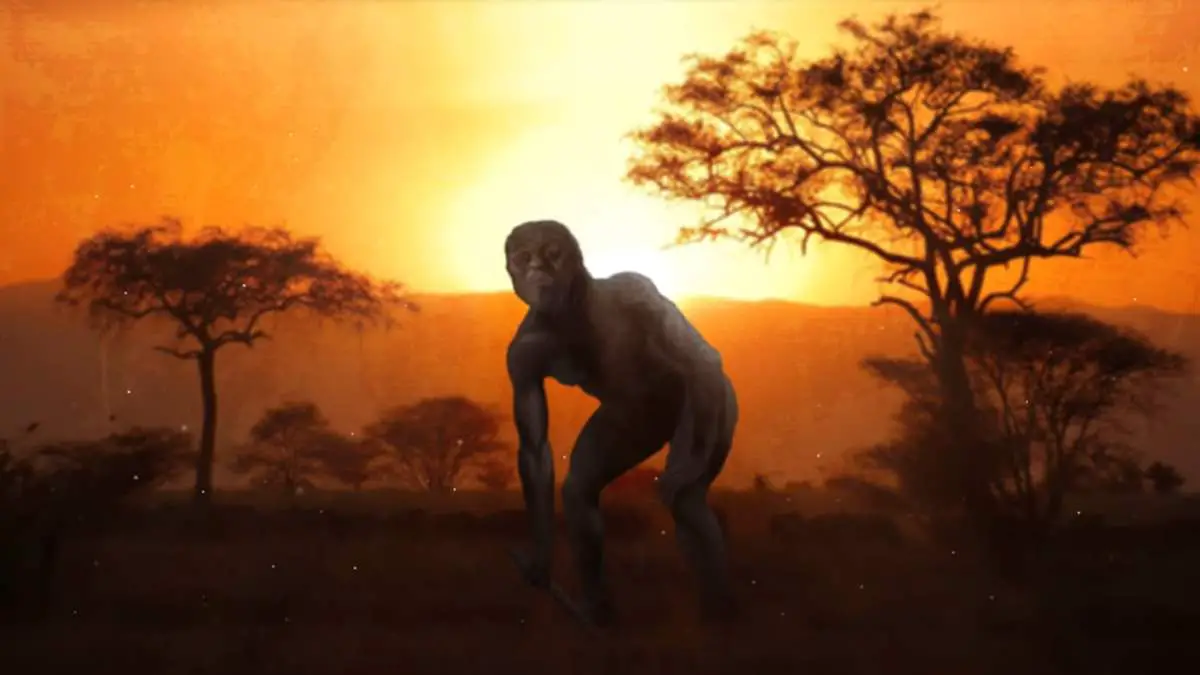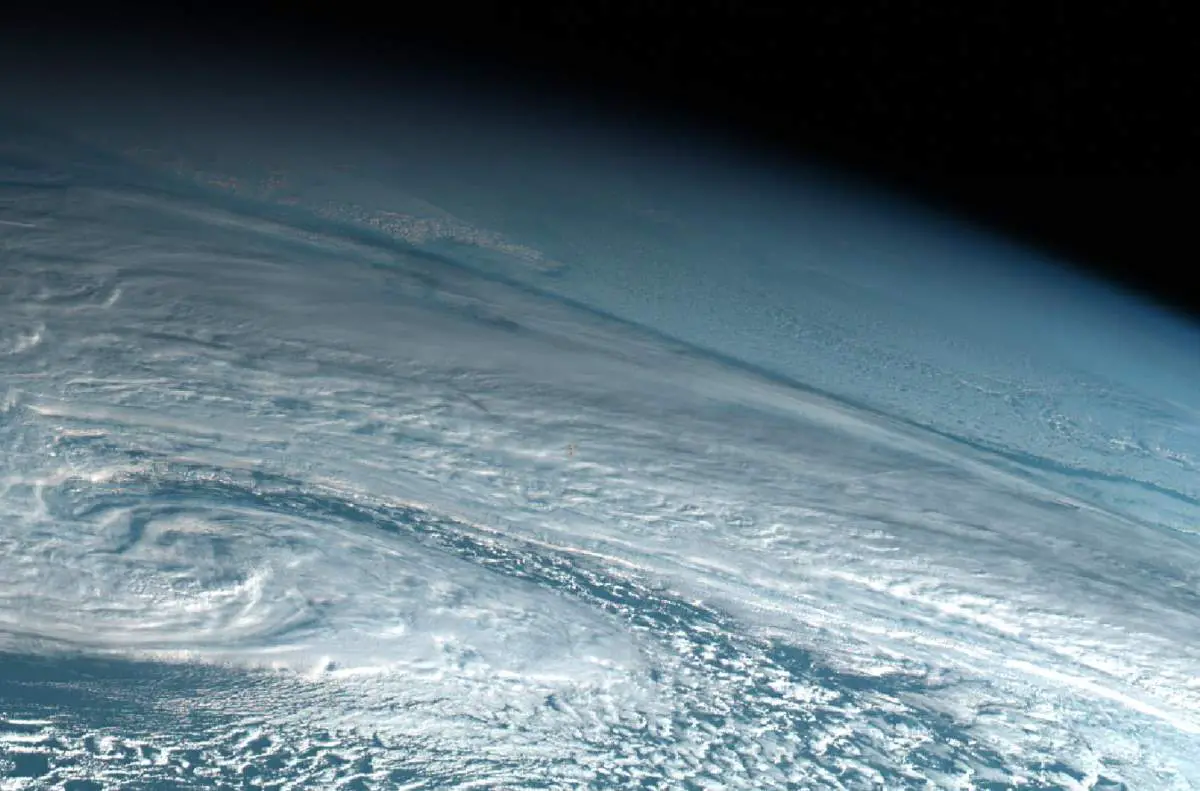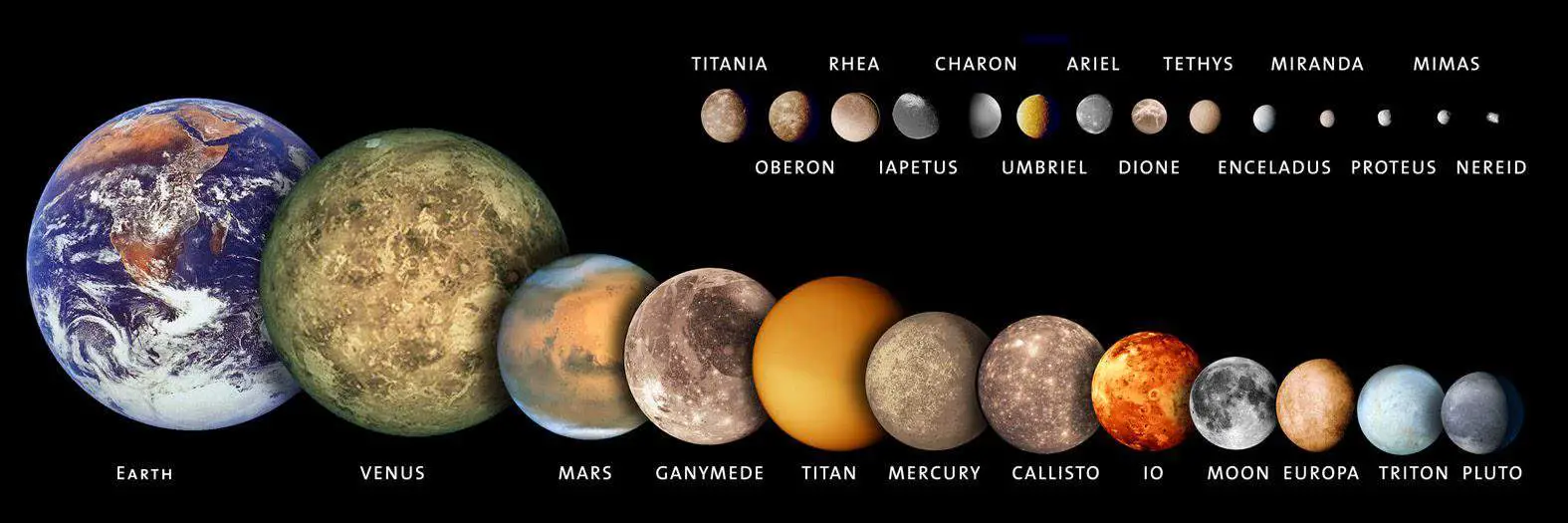Walking on two legs is an evolutionary leap that led humans to conquer the world. But, why humans are walking on two legs? It’s still unclear. Now, according to a new study published in the University of Chicago’s Journal of Geology, the reason might be exploding stars a few million years ago.
Category Archives: Astronomy
How far are the nearest stars? [a 200 billionth scale model to demonstrate]
Another “putting things into perspective” video which I liked, shows how big space is, and actually how far the nearest stars are from us.
88 Constellations and Their Brightest Stars
The International Astronomical Union recognizes 88 official constellations in contemporary astronomy. 42 depict animals, 29 depict inanimate objects, and 17 depict human beings or mythological characters.
Two neutron stars collided near the solar system 4.6 billion years ago
According to a new study published in the May 2, 2019 issue of Nature, 4.6 billion years ago, two neutron stars collided near the early Solar System (actually about 1000 light-years from the gas cloud that eventually formed the Solar System). This violent collision has created heavy elements like silver, gold, platinum, cesium, and uranium. …
Continue reading “Two neutron stars collided near the solar system 4.6 billion years ago”
Timelapse of the future [an amazing video!]
Melodysheep published an amazing video titled “Timelapse of the future: a journey to the end of time”. This experience takes us on a journey to the end of time, trillions of trillions of years into the future, to discover what the fate of our planet, our sun, and our universe may ultimately be. If this …
Continue reading “Timelapse of the future [an amazing video!]”
What high-speed astronomy can tell us about the galactic zoo
For most of human history, the distant ‘celestial sphere’ was regarded as perfect and unchanging. Stars remained in place, planets moved predictably, and the few rogue comets were viewed as atmospheric phenomena. This began to change with the Danish astronomer Tycho Brahe’s observation of the supernova of 1572 – apparently, a new star – and …
Continue reading “What high-speed astronomy can tell us about the galactic zoo”
First-ever image of a Black Hole
This is the first image ever of a black hole. The EHT (Event Horizon Telescope) captured an image of the nearby elliptical galaxy Messier 87’s (M87’s) supermassive black hole in the center of the Virgo galaxy cluster, 53 million light-years away. It was revealed today (April 10, Wednesday) in multiple press conferences around the world, …
25 Amazing Astronomy Facts
As early as prehistoric times, humankind was fascinated by the night sky and all of its beauty. For centuries, philosophers and scholars would attribute magical properties to the bright stars and the Milky Way. In more recent times, we understand better what these mysterious objects are, and we can observe far more than our ancestors …
Meteor which blasted over the Bering Sea was recorded by a satellite
On December 18, 2018, at around noon local time, a meteor about 10 meters (30 feet) long and weighing more than 1,500 tons, plunged into Earth’s atmosphere. It exploded over the Bering Sea and released energy equivalent to 173 kilotons of TNT – at least ten times more powerful than “Little Boy”, the atomic bomb …
Continue reading “Meteor which blasted over the Bering Sea was recorded by a satellite”
Top 10 Largest Non-Planets in the Solar System
The Solar System is a vast and fascinating place that is home to a diverse range of celestial bodies, ranging from small asteroids to giant planets. However, there are also a number of objects that fall somewhere in between – they are not planets, but they are also not small enough to be considered asteroids …
Continue reading “Top 10 Largest Non-Planets in the Solar System”









